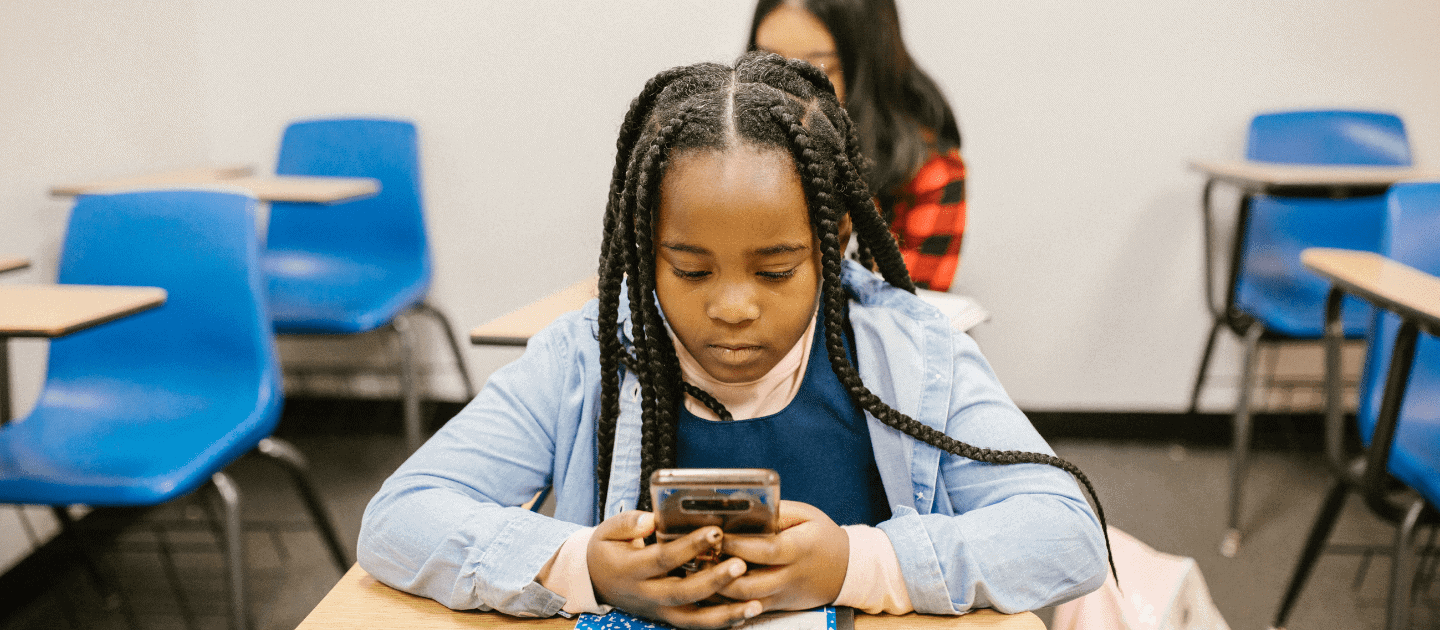Supporting Social Skills and Self-Regulation in a Digitized World

The more frequently and longer students spend time online, the lower the ratings of self-regulation in digital contexts. Yet, parental control and explicit teaching of digital skills can positively impact self-regulation.
Create More Accessible Websites with Abilities Design

By using Universal Design, Universal Design for Learning, and Inclusive Design methodologies and principles in combination, websites can be designed to be accessible for all people.
What is design thinking and why is it important? – Rim Razzouk and Valerie Shute

The primary purpose of this article is to summarize and synthesize the research on design thinking to (a) better understand its characteristics and processes, as well as the differences between novice and expert design thinkers, and (b) apply the findings from the literature regarding the application of design thinking to our educational system.
Design Thinking for Social Innovation – Tim Brown and Jocelyn Wyatt

Designers have traditionally focused on enhancing the look and functionality of products. Recently, they have begun using design tools to tackle more complex problems…
Do teacher evaluation tools benefit all students?

The authors investigated whether Danielson’s Framework for Teaching (FFT) is a tool which encourages instruction that adequately responds to the needs of students with learning disabilities.
Using design thinking to improve psychological interventions: The case of the growth mindset during the transition to high school – Yeager et al.

Drawing on design thinking, the present research formalizes a methodology for redesigning and tailoring initial interventions. We test the methodology using the case of fixed versus growth mindsets during the transition to high school.
